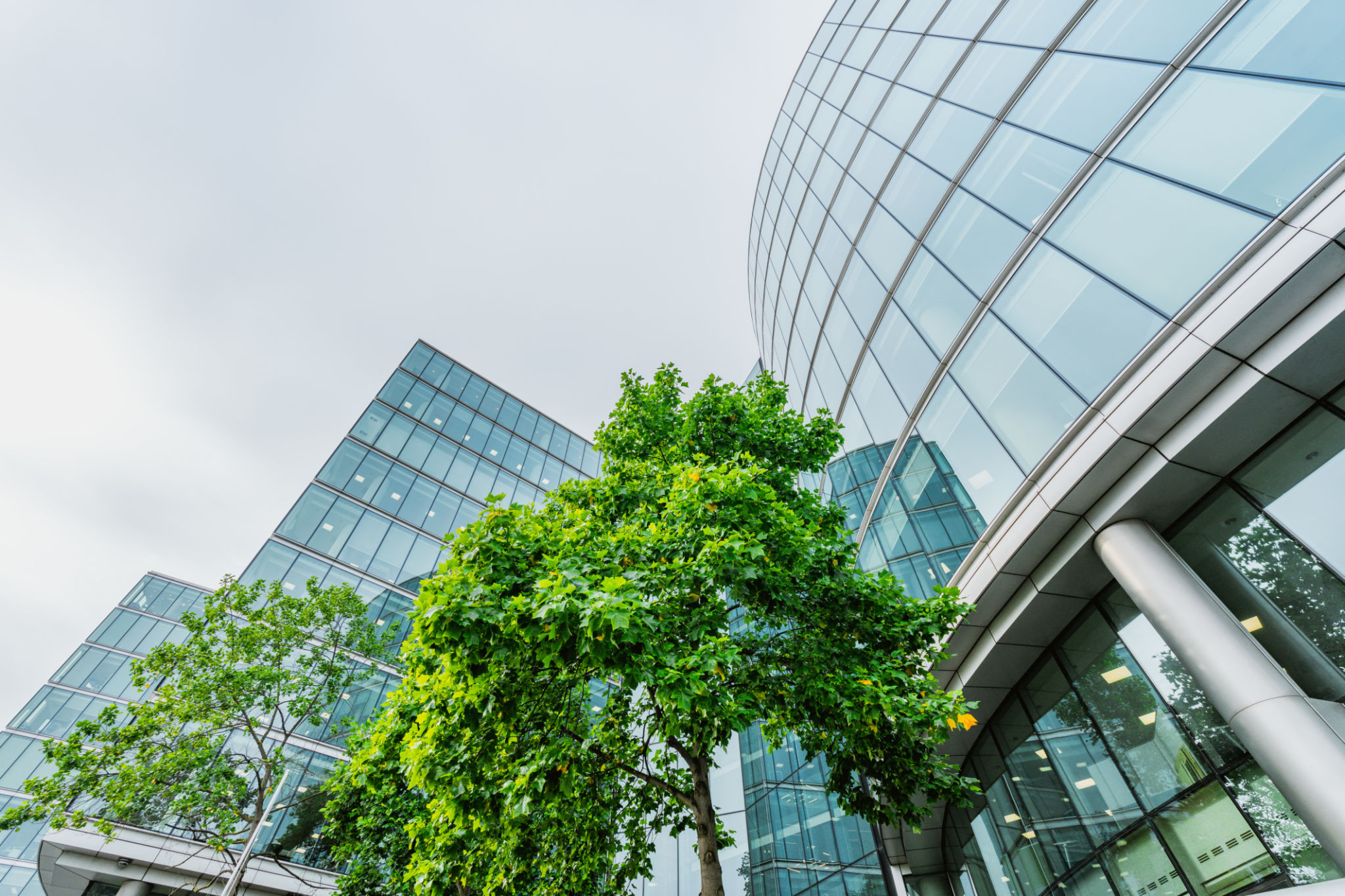The Future of Sustainable Construction: Trends to Watch in Orange County
Introduction to Sustainable Construction
As Orange County continues to grow and develop, the construction industry is at a pivotal point where sustainability is not just an option but a necessity. With increasing awareness about environmental impacts, the demand for sustainable construction practices is on the rise. This trend is reshaping how buildings are designed, constructed, and operated, ensuring a healthier future for both people and the planet.
The benefits of sustainable construction are multifold, ranging from reduced energy consumption to improved indoor air quality. As we look ahead, several key trends are emerging that will define the future of sustainable construction in Orange County.

Innovative Building Materials
One of the most significant trends in sustainable construction is the use of innovative building materials. These materials are designed to minimize environmental impact while maximizing performance. For instance, materials like cross-laminated timber (CLT) are gaining popularity due to their strength and sustainability. CLT not only reduces carbon emissions during production but also provides excellent insulation properties.
Recycled materials are also becoming a staple in sustainable construction projects. Using recycled steel, concrete, and glass can significantly reduce resource consumption and waste, contributing to a circular economy. Such materials are not only environmentally friendly but also cost-effective in the long run.
Energy Efficiency and Renewable Energy
Energy efficiency continues to be a cornerstone of sustainable construction. Buildings in Orange County are increasingly incorporating energy-efficient designs that include advanced insulation, smart lighting systems, and energy-efficient HVAC systems. These features help reduce energy consumption, lower utility bills, and decrease the building's carbon footprint.

Moreover, integrating renewable energy sources like solar panels and wind turbines is becoming more commonplace. The abundance of sunshine in Orange County makes solar energy a particularly viable option. By harnessing renewable energy, buildings can achieve net-zero energy status, where they produce as much energy as they consume.
Smart Building Technology
The rise of smart building technology is another important trend shaping sustainable construction. Smart buildings utilize technology to optimize energy use, enhance comfort, and improve operational efficiency. Automated systems can adjust lighting, heating, and cooling based on occupancy and time of day, leading to significant energy savings.
Additionally, smart sensors can monitor air quality, temperature, and humidity levels in real-time, ensuring a healthy indoor environment for occupants. As technology continues to advance, the integration of these systems will become more seamless and widespread.

Water Conservation Strategies
With water scarcity being a concern in Southern California, water conservation is a critical aspect of sustainable construction. Innovative water-saving technologies such as low-flow fixtures, dual-flush toilets, and rainwater harvesting systems are being integrated into new developments.
Greywater recycling systems are also gaining traction. These systems reuse wastewater from sinks and showers for irrigation or toilet flushing, significantly reducing water consumption. Implementing such strategies not only conserves water but also reduces utility costs for building owners.
The Role of Green Certifications
Green certifications like LEED (Leadership in Energy and Environmental Design) play a crucial role in promoting sustainable construction practices. These certifications provide guidelines and benchmarks for designing and constructing environmentally friendly buildings.
In Orange County, more developers are aiming for LEED certification to demonstrate their commitment to sustainability. Achieving such certifications can enhance a building's marketability, attract environmentally conscious tenants, and potentially increase property value.

Conclusion
The future of sustainable construction in Orange County looks promising with these emerging trends. As the industry embraces innovative materials, energy-efficient designs, smart technologies, and water conservation strategies, it is paving the way for a more sustainable built environment.
By staying informed about these trends and implementing them in new projects, stakeholders in the construction industry can ensure that Orange County continues to thrive while preserving its natural resources for future generations.
